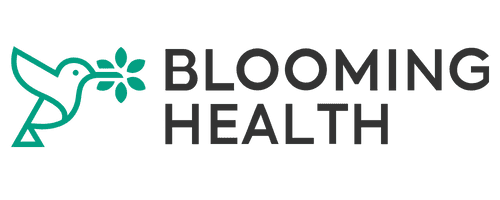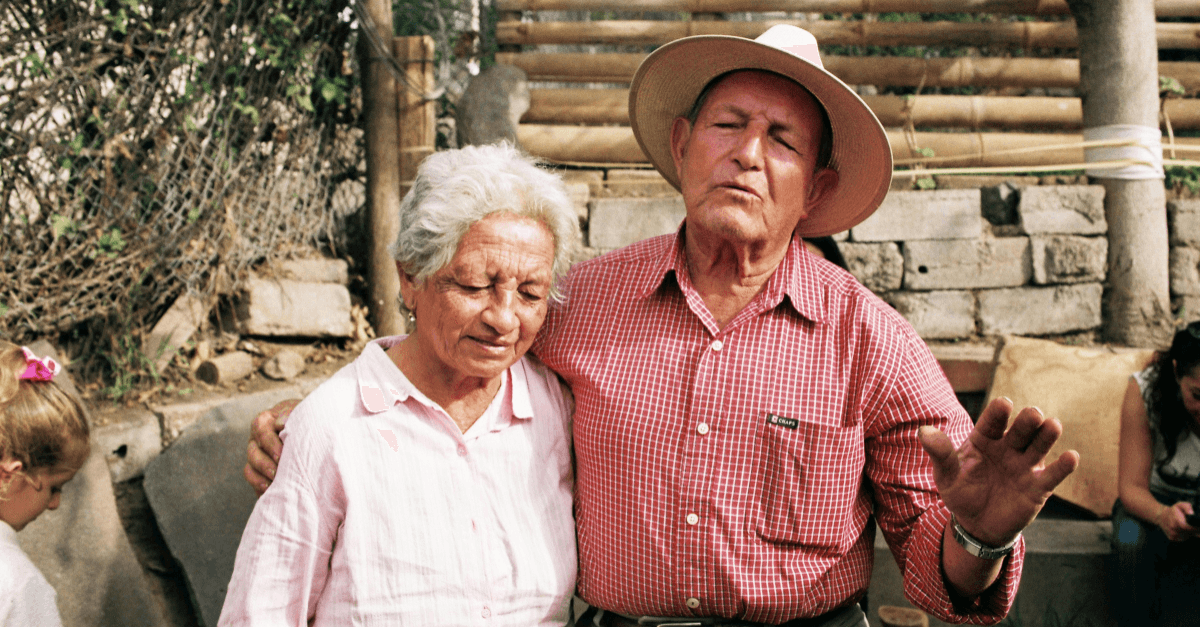Nov 20, 2025
At Blooming Day Maryland, a powerful conversation unfolded about one of the most critical challenges facing our healthcare system: making care more accessible through meaningful partnerships between community organizations and health systems.
The panel brought together diverse perspectives from across Maryland's healthcare ecosystem. Zachary Rabovsky, Director of Population Health Strategy and Practice Transformation at CareFirst BlueCross BlueShield, moderated the discussion. He was joined by Dr. Letitia Dzirasa, Deputy Mayor of Health and Human Services for the City of Baltimore; Temi Oshiyoye, MPH, CHES, Director of Community Health Improvement at Luminis Health; and Carmella Davis Watkins, PRP, Executive Director of Ivy and Pearls of Southern Maryland Community Charities.
Strategic Partnerships That Work
The panel highlighted several successful collaborations that demonstrate the power of combining healthcare resources with community trust and reach.
Oshiyoye shared a compelling example from the COVID-19 pandemic: "We worked with them during COVID to really get the message out because it is a mega church. They had a wide audience. We really wanted to get the right message out. And we knew that in order to get the message out, we needed trusted individuals that the community will trust and we needed to work with them."
The partnership with Reid Temple AME Church proved the strategy's effectiveness. "We didn't want them to see a white coat saying you should get the vaccine. We wanted them to see their pastor. We wanted them to see people that they go to school together, that they go to the people that they really do trust. And that partnership, we were able to vaccinate over 30,000 people in our community just through that partnership."
The Role of Data in Driving Action
While trust and relationships form the foundation, data helps target interventions and measure impact. The panel discussed how different organizations use data to inform their work.
For community organizations like Ivy and Pearls, technology has transformed their ability to gather and act on feedback. Watkins noted: "We've got QR codes on the tables for every event so that we can evaluate what we do. Before we were using paper, and now we can collect that information instantly and be able to examine it right away and make changes right away."
Health systems like Luminis are doing the same Oshiyoye explained, "We're looking at the data that we're collecting within our own hospital system, the data that we're collecting in our primary care sites, but we're also utilizing community data. We utilize a lot like the community needs assessments."
This data helps predict hospital readmissions and target interventions. But perhaps more importantly, it helps identify social drivers of health that impact admissions and readmissions. Factors like housing instability, food insecurity, and transportation barriers that significantly impact health outcomes.
"If anyone has ever been a Luminis Health patient it doesn't matter how many times you come to the hospital you'll fill that form every single time," Oshiyoye said, referring to social determinants of health screenings. "What we're looking at is what are those other factors? Are we looking at housing? Are we looking at transportation? Are we looking at other factors? Maybe that's why they're not being compliant with their medication. They can't afford it. It's too expensive. And that's when we then connect them to services within the community that can help drive that."
Next Steps For Maryland
The panel made clear that closing the access and equity gap requires more than good intentions. It demands:
Sustained Investment: Moving beyond project-based funding to support the operational infrastructure of community organizations.
Genuine Partnership: Health systems approaching communities as equals with valuable expertise rather than as problems to be solved.
Consistency: Maintaining presence and commitment beyond crisis moments or time-limited initiatives.
Oshiyoye captured the philosophy that should guide these partnerships: "For us, partnership is very important and very strategic because everyone is our patient. So we have to work with everyone."
And we’re here to help close the loop.
Blooming Health’s new Maryland Resource Directory now brings together 16,000+ verified, active community resources, making it easier for residents to find the support they need and for organizations to reach the people who need them most. CBOs can claim a free profile and access Blooming Health automation tools at no cost, strengthening their capacity without adding operational burden.
Blooming Health exists to make care more accessible and to close the loop between social and healthcare. By building the infrastructure that supports real partnership, we’re helping Maryland communities move from good intentions to measurable, lasting change. Get a demo with us today.








